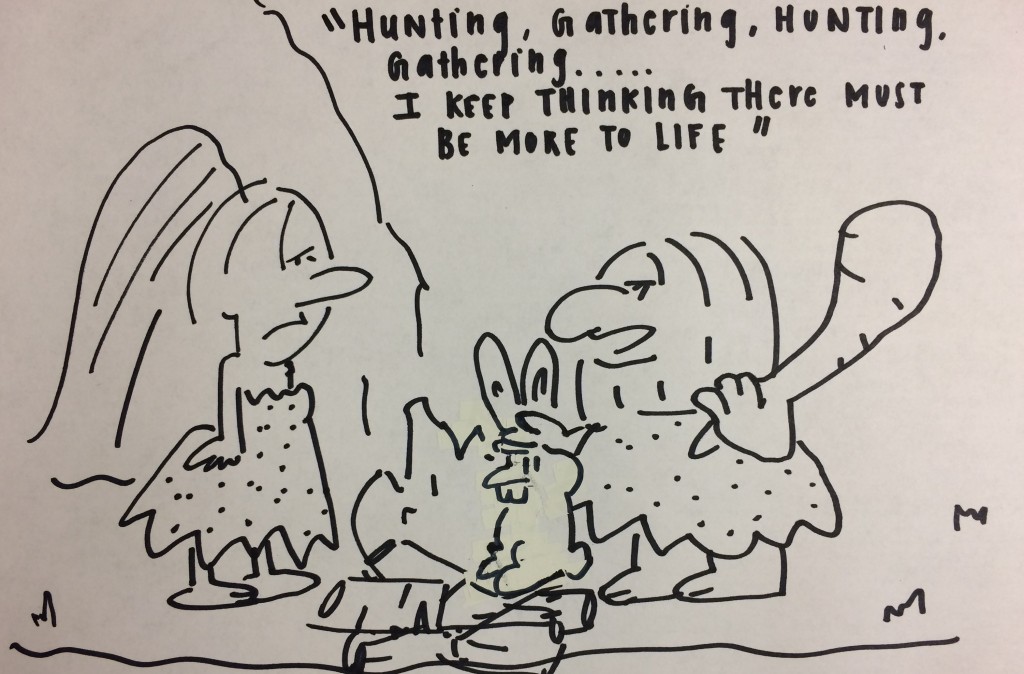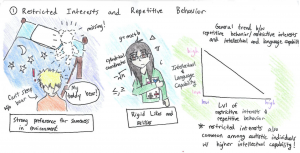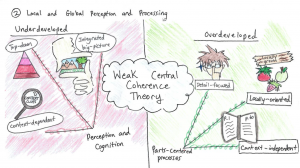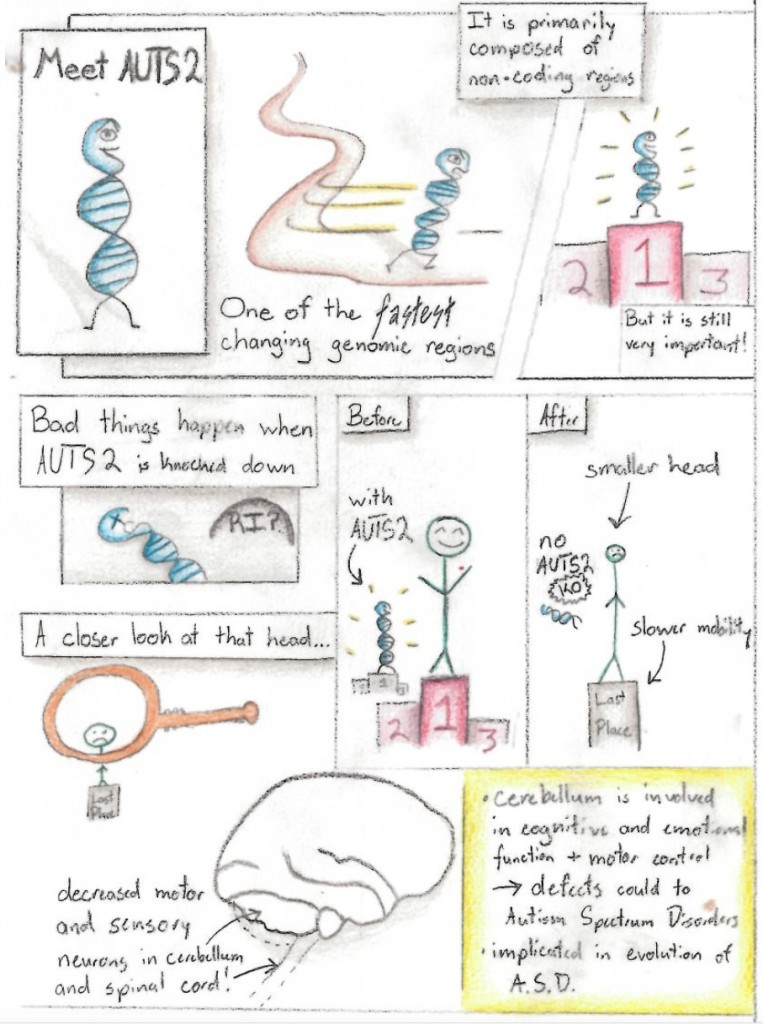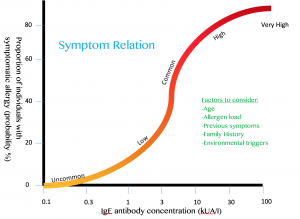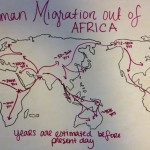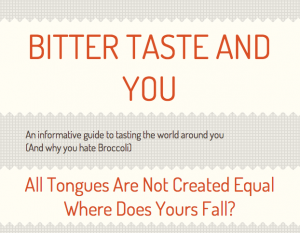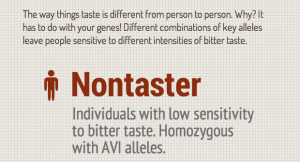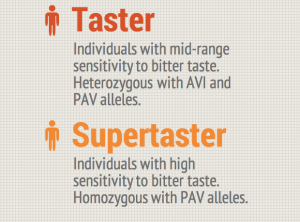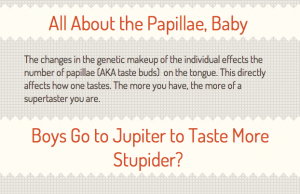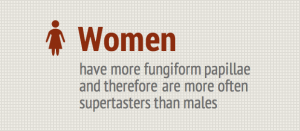Contributed by Robert Havranek
Humans have a considerably larger brain size than would be predicted for an animal our size, and this considerable brain size has helped shape the evolution of humanity. But how did this increase occur?
One idea about how our brains increased in size is the expensive tissue hypothesis. Our brain consumes 20% of our energy demands at rest, so it’s a very energetically expensive organ. In order to increase the size of the brain, the expensive tissue hypothesis suggests that our bodies had to divert energy from other systems—like the muscles or gut—to our brains. Our brains exclusively use glucose as its form of energy, and recent research from anthropologists at Duke University has found evidence in our genes for the expensive tissue hypothesis. They compared the amount of proteins that bring glucose into brain and muscle cells and found that humans demonstrated significantly more mutations for genes that increased the expression of glucose transporter proteins in the brain and had fewer mutations that increased the expression of the glucose transporters in the muscles. In contrast, chimpanzees had greater glucose transporter expression mutations in muscles but not in the brain when compared to humans. The differential expression of glucose transporters in humans and chimps means that chimps are much stronger than humans because more energy is going to their muscles than their brains. A recent study comparing the strength of chimps and macaques to the strength of university basketball players found that the apes could pull much more weight than humans. We (modern humans) last shared a common ancestor with chimps more than 7 million years ago, when the evolutionary line between modern chimps and modern humans split. After that, selection must have acted to shape the use of glucose, and thus muscular strength, differently in these two evolving lineages. Together, these two studies support the expensive tissue hypothesis, where humans directed more energy to their brain for enhanced cognitive abilities.
Diverting energy away from the muscles to the brain may be a method that allowed our ancestors’ brains to expand, but how exactly did evolution select for a big brain in the first place?
One major hypothesis is called the cultural intelligence hypothesis. This emphasizes the importance of sociality, communication and social learning in selecting for a larger brain. Social communication and learning may have been selected for because they allow for cooperative food gathering strategies such as group hunting and foraging. Communication also would have facilitated the development of tools. If you can learn to make an effective spear, which allows you to hunt larger prey and feed more people, then your offspring and kin would benefit, in terms of increased survival and reproduction. Your offspring would only have a higher fitness, however, if you can teach them how to make the spear and they can pass on that information to other generations. This passing on of information across generations is called culture and is similar to the transmittance of heritable alleles, thus we can talk about culture and biology as simultaneously shaping our evolution.
Our ability to run long distances coupled with our ability to make tools and pass on the information of how to make tools both increased our behavioral ability to hunt, giving us a fitness advantage. Our behaviors can then increase or decrease fitness, which would shape a population’s expressed phenotypes (both biological and cultural phenotypes) resulting in evolutionary changes. Those evolutionary changes influence our biology, which interacts with our culture to further shape behavior. Of course, all of this is going on in the context of the environment, which determines if a particular trait is going to increase you and your offspring’s chances of survival and reproduction.
Thus culture can augment the heritable transformation of alleles that increase the fitness of organisms. The development of culture and transmission of knowledge increasingly shaped our fitness and evolution. The simultaneous effect of biological and cultural selection forces shaped our evolution and lead to an increase in brain size in our ancestors and allowed the genus Homo to arise.
Click the following link to visualize how biocultural evolution occurs: Biocultural Co-evolution
The interaction of culture (which facilitated learning and effective hunting) and biological changes (which diverted more energy to the brain) with behavior may have allowed for the size of our ancestors’ brains to increase, resulting in the nearly three pound organ that we see today. These are only a few hypotheses on how the brain expanded, and they are not mutually exclusive. They all may have played some aspect in the evolution of our present-day brains. However, the main point is that no one specific factor played a role in our brain expansion. Instead, a confluence of factors has shaped who we are today.
For more information, check out these sites!
“Bigger Brains: Complex Brains for a Complex World.” Smithsonian Institute 11/28/2015. Web.
Babbitt, Courtney C., et al. “Genomic Signatures of Diet-Related Shifts During Human Origins.” Proceedings of the Royal Society of London B: Biological Sciences (2010). Print.
Bozek, Katarzyna, et al. “Exceptional Evolutionary Divergence of Human Muscle and Brain Metabolomes Parallels Human Cognitive and Physical Uniqueness.” PLoS Biol 12.5 (2014): e1001871. Print.
Fedrigo, O., et al. “A Potential Role for Glucose Transporters in the Evolution of Human Brain Size.” Brain, Behavior and Evolution 78.4 (2011): 315-26. Print.
Jabr, Ferris. “How Humans Evolved Supersize Brains.” Quanta Magazine 2015. Web.
Reader, Simon M., Yfke Hager, and Kevin N. Laland. “The Evolution of Primate General and Cultural Intelligence.” Philosophical Transactions of the Royal Society of London B: Biological Sciences 366.1567 (2011): 1017-27. Print.
Roberts, Roland G. “Jocks Versus Geeks—the Downside of Genius?” PLoS Biol 12.5 (2014): e1001872. Print.
Somel, Mehmet, Xiling Liu, and Philipp Khaitovich. “Human Brain Evolution: Transcripts, Metabolites and Their Regulators.” Nat Rev Neurosci 14.2 (2013): 112-27. Print.

